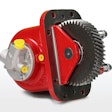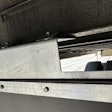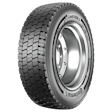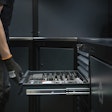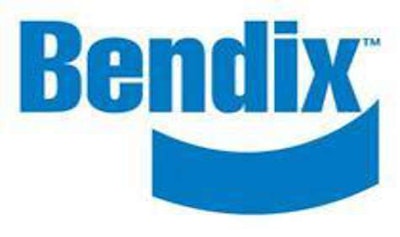
Reman versus Rebuild
“Selecting quality remanufactured parts begins with the right sourcing – knowing what to look for, and knowing what questions to ask the part supplier,” says Henry Foxx, Bendix director of remanufactured products. “And among the first and most crucial things to learn is whether you’re dealing with a true parts remanufacturer or a rebuilder.”
There’s a vast difference between the two, the company says.
When a rebuilder disassembles the core of a part for reuse — an air compressor, for instance — they don’t necessarily replace the components of that product with new ones or bring the product back to its original equipment manufacturer (OEM) performance level. Bendix says rebuilders may simply clean or repaint components, or replace them with inferior versions since they may not have full access to OEM-quality components such as pistons, connecting rods, or crankshafts.
Remanufacturing, on the other hand, always involves either replacing or repairing a core’s components to bring the part up to OEM specs. Additionally, some components — referred to as wear components — are always replaced with new versions during remanufacturing. Wear components such as gaskets, washers, and O-rings are never reused by a true remanufacturer, the company says.
Questions to Ask
When developing a strategy to use remanufactured parts in your operation, it’s vital for fleet managers to arm themselves with as much information as possible, the company says. Here are four questions you must ask of any potential remanufacturing partner:
- Do they replace non-salvageable or irreparable components with new?
- Do they replace wear components 100 percent of the time?
- What type of tests do they conduct to validate the performance of their parts?
- How do they support the product through warranties and/or service needs?
Bendix says those latter questions will help you address the post-sale concerns of dependable parts and reliable technical support.
The definitive gauge of any remanufactured part is how it performs once it’s off the assembly line and on the vehicle. Bendix, for example, says it conducts end-of-line testing on its remanufactured parts, while many rebuilders can only offer limited testing.
A strong post-sales support system is another important consideration, from the length of warranty coverage to the geographic availability of parts and service locations.
Tips for Technicians
Selecting the proper remanufacturer is just the beginning. Fleets and drivers rely on skilled technicians for quality inspection and installation of remanufactured parts, the company says.
From a true remanufacturer, technicians should expect a part that will perform as well as the one that was originally on the truck and has been updated, if necessary, to the latest specifications. They should also expect parts that come ready for a complete installation, including any necessary wear components, the company says.
Bendix offers the following tips for reference during inspection and installation of remanufactured parts:
- Air compressors – Have the flanges been refinished to a flat, smooth surface? Are there new gaskets provided for the installation?
- Brake shoes – Inspect the friction used for relining: Has it been certified for Reduced Stopping Distance compliance, or has the shoe been fitted with a low-cost, lower-performing substitute? Bendix RSD shoes feature a warning label to educate customers about proper friction selection to maintain RSD compliance.
- Electronics (such as radar units) – Ensure the operating software has received the latest OEM updates.
By partnering with a skilled, supportive and established remanufacturer, Bendix says fleets, technicians and drivers can maintain full confidence in high-quality alternatives to new parts, saving themselves replacement costs and extending vehicle life.

